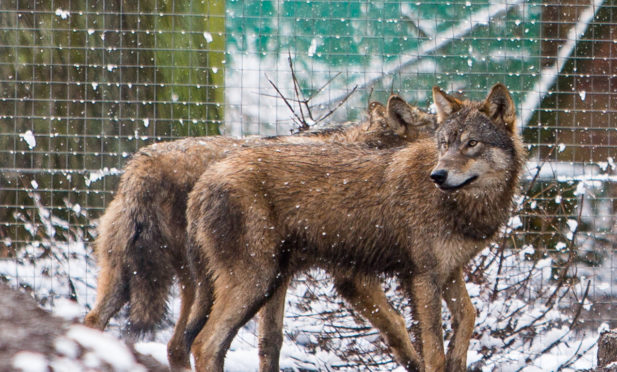Scientists believe that during Earth’s history there have been five periods of mass extinction of species.
The last is thought to have been about 66 million years ago, during the Cretaceous period, when climate change begun by volcanic activity, then accelerated by an asteroid impact causing a devastating “global winter”, wiped out three-quarters of the plant and animal species on the planet – including, most famously, the dinosaurs.
Now there are warnings that our planet may be entering a sixth mass extinction event.
More than 500 different mammals, reptiles, birds and amphibians are currently listed as being on the brink of extinction, with fewer than a thousand of each species surviving. This time, a single species, homo sapiens, is to blame. In addition to man-made climate change, we have created worldwide pollution and are currently destroying fragile habitats at an alarming rate, resulting in a rapid loss of biological diversity.
It would be easy to dismiss this as something that happens elsewhere in the world – the destruction of rainforests in the Amazon, for example. But look at our own record. Scotland once was home to a remarkable range of animals, now hunted to extinction. Wolves were commonplace until the 18th Century.
Indeed, several places in Scotland – I’ve heard Killiecrankie, Helmsdale, Strathglass, Torridon and the River Findhorn – claim the dubious honour of being the site of the killing of the country’s last wolf. And the date varies from the late 1600s to the late 1800s.
Before that, bears roamed the country, possibly as recently as 1,000 years ago. We except the relatively more recent Hebridean exploits of Hercules, of course. The lynx is thought to have become extinct a few centuries earlier. Elk existed until around the 14th Century, beavers in the 16th Century and wild boar in the 17th Century.
So what can we in Scotland do to help reverse the decline in species of animals? Of those we’ve previously lost, wild boar – escaped or released accidentally – can now be found throughout many rural areas of Scotland and beavers have been reintroduced under a Scottish Government scheme.
This latter has not been without controversy. The beaver gained protected species status last year, which theoretically gives them protection against disturbance, capture or killing. However, it has been revealed that during the first eight months of this “protection”, no fewer than 87 were killed legally after permission was granted by Scottish Natural Heritage.
And that identifies the problem facing calls for further reintroductions of extinct species to Scotland. If a relatively harmless beast like a beaver is persecuted in this way, what chance would a wolf have? Last year, I was walking in the mountains of Italy. A local ranger explained that wolves now roamed the mountains in relatively healthy numbers. He is in the hills every day yet has never seen one, though he showed me a wolf tooth which he’d picked up from a dead animal. That’s how shy they are and how assiduously they avoid humans.
Wolves have been successfully reintroduced in areas of the United States, while the European wolf is steadily increasing its range and has been seen in relatively well-populated countries such as Belgium and Holland without causing many problems for humans.
In Scotland, wolves would help reduce the number of red deer, which cause so much habitat damage throughout the Highlands.
However, the most recent reintroduction proposals suggested enclosing them in a huge fenced-in area of so-called “wilderness”. That would restrict the rights of walkers and mountaineers to access the area and would cause anger, as well as being illegal.
There have been one or two ecological success stories. The red squirrel is steadily increasing its range, thanks in part to the ending of pine marten persecution. Pine martens can’t catch red squirrels – they’re too light and agile. But they can catch grey squirrels and they’ve been driving them steadily southwards and eastwards, allowing the reds to reach the outskirts of Aberdeen and Glasgow for the first time in generations.
I reckon that’s where we in Scotland at least should be focusing our efforts. I’d love to hear that wolves were roaming the Highlands once more, but I’m unlikely ever to see that day. But I’m delighted to see wild boar and beaver re-established and I’d love to see populations of red squirrel, wildcat and pine marten thriving and spreading throughout the country.
Next year, pandemic permitting, Scotland will host the United Nations Climate Change Conference, postponed from this November, where leading politicians and experts from around the world will discuss the way forward.
Awareness of the damage climate change is doing to the planet is now widespread and accepted, no matter Donald Trump’s views.
A successful outcome from the conference, along with action on reducing pollution from plastics and an end to the destruction of the world’s rainforests, will go a long way to averting a sixth mass extinction of species – which would probably include ourselves.
